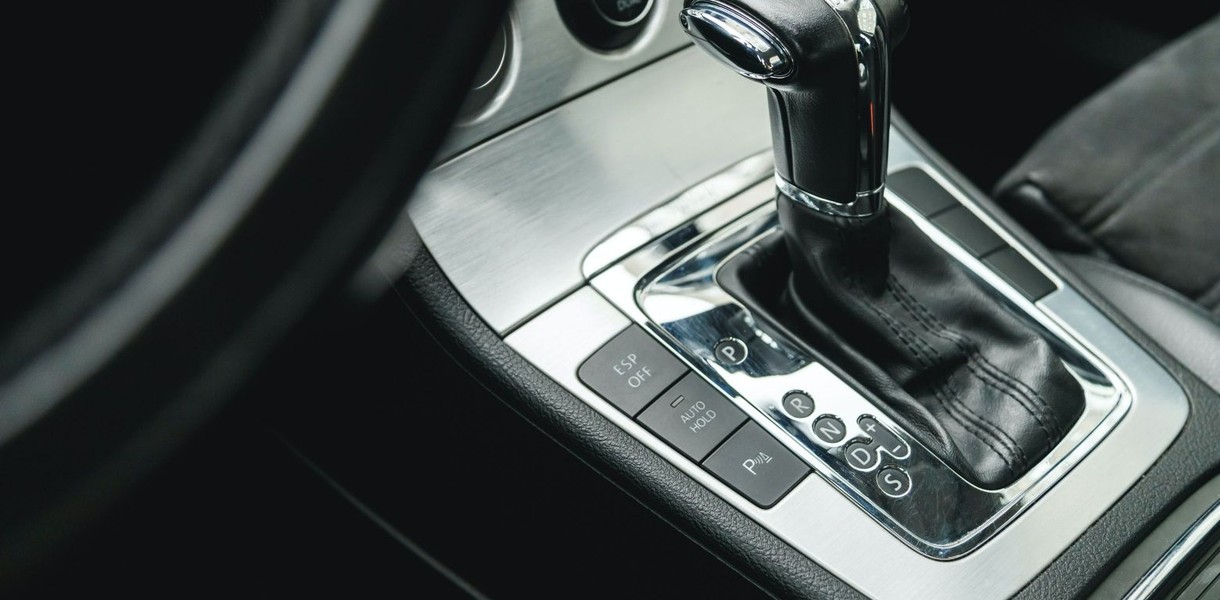The automatic gearbox was invented with the aim of generating automatic gear changes without the driver having to use the clutch pedal. This technology was founded out of the need to make driving around town easier and to take the burden off the shoulders of drivers in heavy traffic, so they can focus on traffic, not shifting gears. Automatic boxes have evolved significantly over the years, and today we can enjoy three types, each with its own characteristics and advantages. In this article, we are going to discuss the types of automatic gearboxes to make you understand which one is best for your needs.
Contents:
1. Automatic gearboxes with torque converter
2. Dual-clutch, continuously variable automatic gearboxes
1. Automatic gearboxes with torque converter
The creation of torque converter automatic gearboxes was among the first major innovations in the development of automatic transmissions. The element that makes this type of automatic transmission stand out from the others is the torque converter that acts as a mechanism for transmitting power from the engine to the wheels of the car. Essentially, the torque converter is a fluid that spins between two turbines, one connected to the engine and the other to the car's wheels, allowing the transmission of motion energy without requiring a rigid connection between the engine and the wheels.
Features of the torque converter box:
- Smooth gear changes: when changing gears, the shift is very smooth and the shift moment is almost imperceptible, making the driving experience comfortable even in heavy traffic.
- Durability and reliability: These types of automatic gearboxes are known for their durability and can withstand long-term use, being "low maintenance".
- Towing capacity: This type of gearbox is often chosen for towing vehicles, which can easily carry heavy loads.
2. Dual-clutch and continuously variable automatic gearboxes
The dual-clutch automatic gearbox is among the most popular types of automatic gearboxes recommended by the specialists in car sales, standing out for the use of two separate clutches that allow quick and energy-free gear changes.
Dual clutch box features:
- Dual Clutch: This technology consists of two separate clutches, one for even and one for odd gears, allowing one gear to be pre-selected while the vehicle is in another gear, ensuring gear changes are almost snapshots.
- Sporty performance: The quick gear change that this type of gearbox offers makes it ideal for high-speed driving and circuit racing.
- Efficient fuel consumption: By constantly selecting the optimal gear, the engine can operate in an efficient mode, resulting in significant fuel savings compared to torque converter boxes.
Continuously variable automatic gearboxes differ from the others by the lack of gears. This mechanism works by using a metal strip or a special belt that moves on rollers adjusting the speed continuously, there are no preset steps.
Features of continuously variable box:
- Fuel efficiency: Because it can keep the engine running optimally in almost any situation, this type of gearbox can bring significant fuel savings.
- A smooth driving line: thanks to the lack of gears, it offers the possibility of smooth driving, perfect for city walks.
- Adaptability: The speed level can quickly adapt to the needs of the driver, making it a suitable choice for almost anyone who does not want sporty performance.
So the main differences between the types of automatic transmissions refer to how each of them handles gear changes and how they transmit power from the engine to the wheels. While the torque converter gearbox is associated with a comfortable drive but with a slight drop in efficiency, the dual-clutch gearbox provides quick shifting and smooth gear shifting, and the continuously variable gearbox provides smooth acceleration.
In conclusion, the automatic gearbox is a valuable component of any modern car, designed to make driving easier by removing the stress of manual gear shifting and encouraging focus on other components of safe driving. All three types of gearboxes discussed above serve the distinct needs of each driver, and the right choice of them is made by analyzing the driving style, personal preferences and the conditions of use of the car.
Photo source: pexels.com
